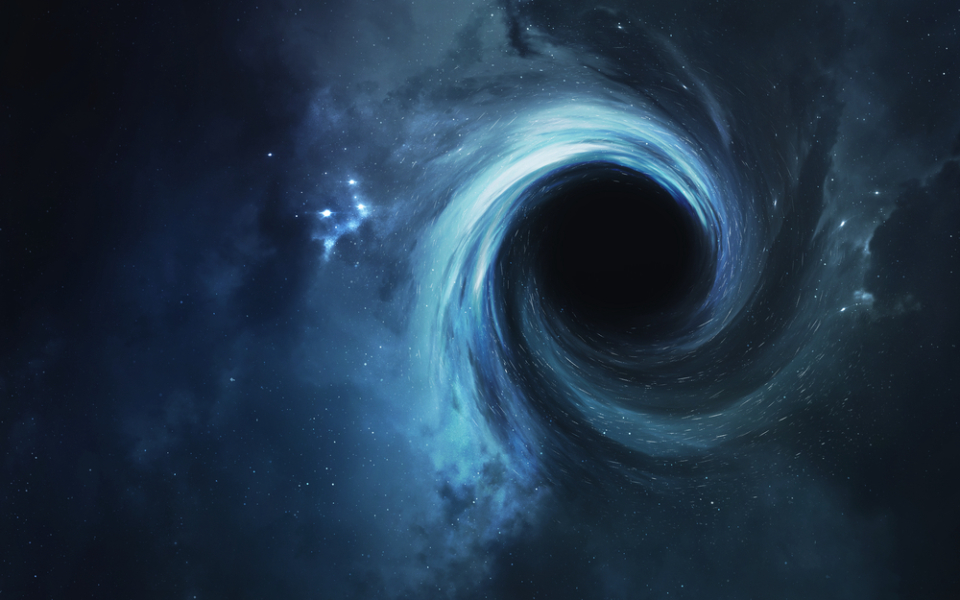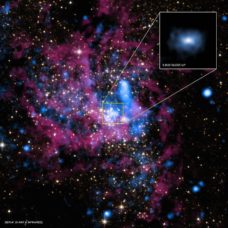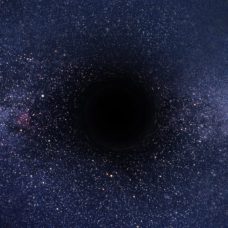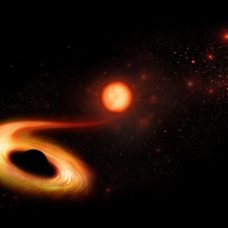Astronomers discovered the largest black hole ever observed to date. It was spotted at the center of Holmberg 15A, a galaxy about 700 million light-years away from Earth.
Using the Very Large Telescope (VLT) at Max Planck Institute in Germany, scientists measured the size of the newly-found black hole. The German researcher noted that it’s twice as large as the previous record-holder at 40 billion times the mass of the Sun.
By comparison, the mass of our galaxy’s supermassive black hole, Sagittarius A*, is believed to be over 4 million times that of our Sun. Meaning, the mass of Holmberg 15A’s black hole is around 10,000 times that of Sagittarius A*.
The researchers wrote in their paper:
“We find a supermassive black hole (SMBH) with a mass of (4.0 +- 0.80) x 10^10 solar masses at the center of Holm 15A. This is the most massive black hole with a direct dynamical detection in the local universe.”
Largest Black Hole
Holmberg 15A or Holm 15A is part of the galaxy cluster called Abell 85 located in the constellation Cetus. It was discovered in 1937 by Swedish astronomer Erik Holmberg.
Due to the technological limitations of that time, the said galaxy was never thoroughly studied. It was only until 1990 when the Hubble Space Telescope was launched, and other powerful ground-based observatories were constructed that Holm 15A was observed.
Scientists quickly noticed there’s something peculiar about the galaxy. Holm 15A’s central diffused region is not only unusually large, but it is also faint. Meaning, as the majority of the galaxy shines bright, its inner core remains dim.
With the help of the data gathered by VLT, Max Planck researchers led by Kianusch Mehrgan investigated the mysterious galaxy. They mapped it and ran multiple simulations to understand why Holm 15A’s center is faint.
The simulations revealed that Holm 15A was a product of a giant collision between two young galaxies billions of years ago. The ‘ultramassive’ black hole at its center is believed to have eaten some of its neighboring stars. Or, it has ejected them into the outer regions of the galaxy.
Mehrgan noted:
“The supermassive black hole of Holm 15A is not only the most massive one to date, it is also four to nine times larger than expected.” –
The astronomers are planning to continue their study of the Holm 15A black hole. They are hoping that by doing so, they could understand how the universe’s gigantic black holes came to exist.



















Comments (0)
Most Recent